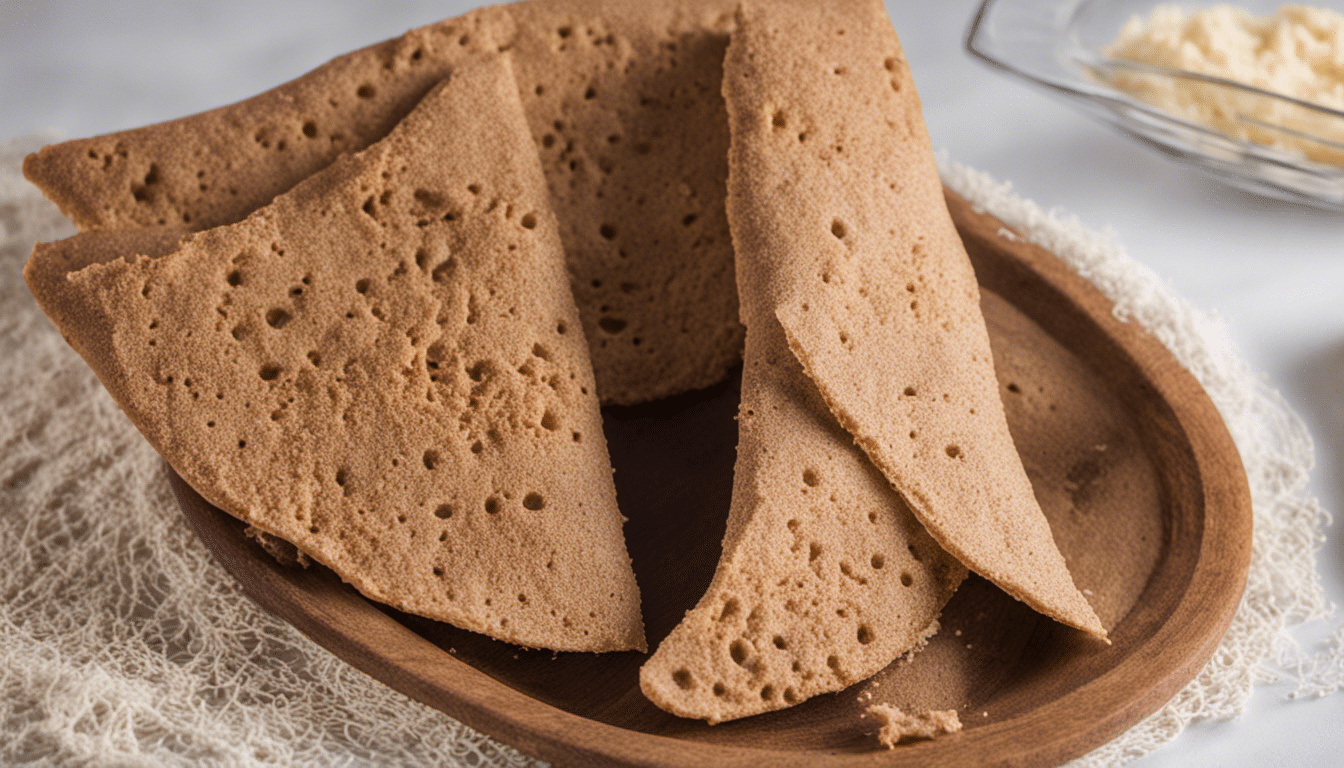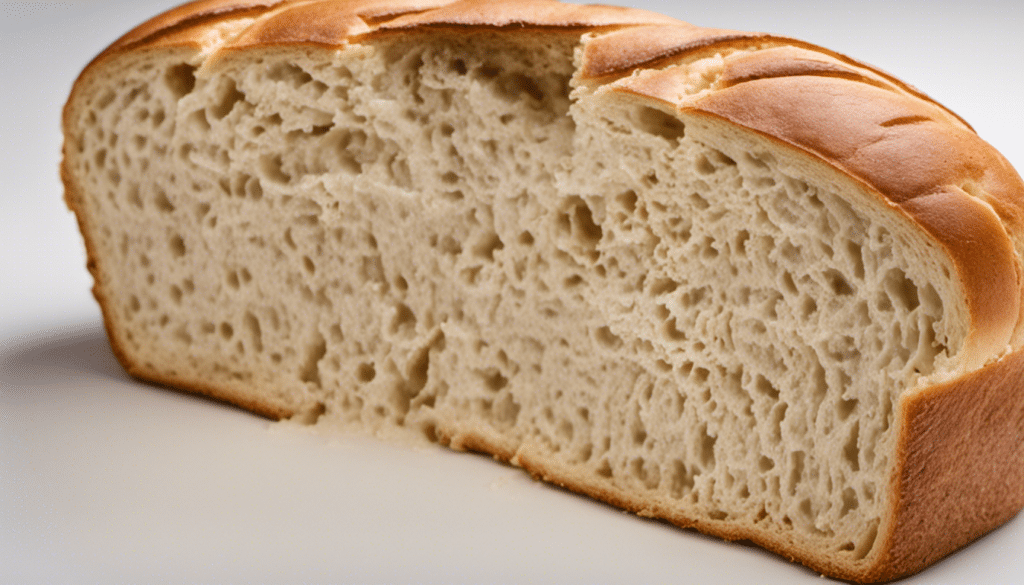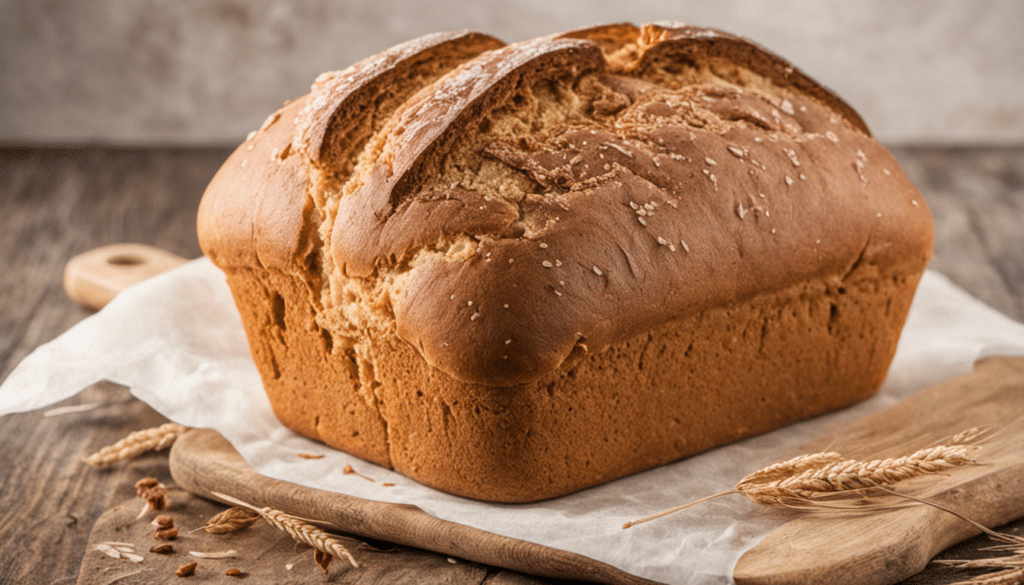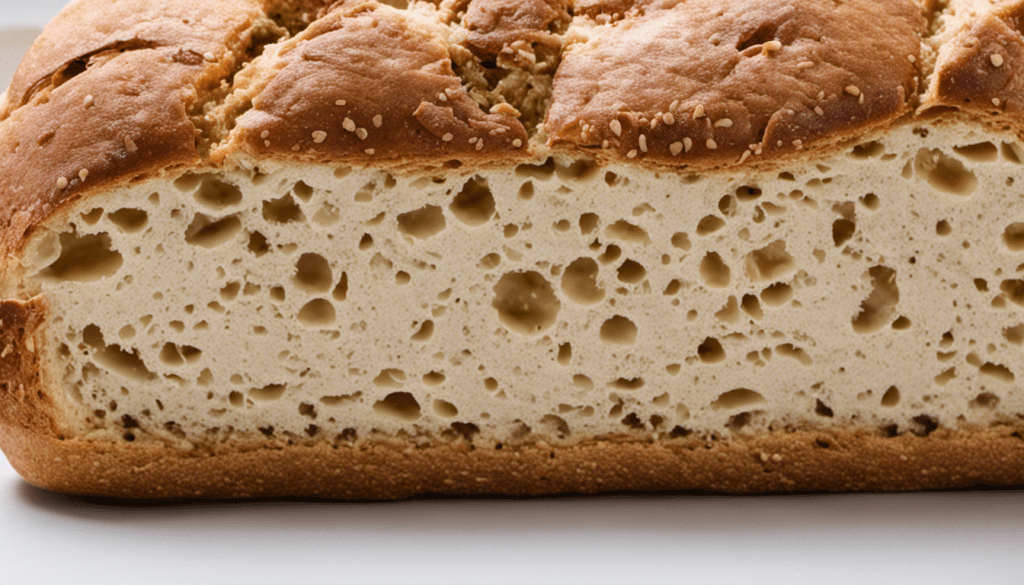| Prep: 15 mins | Cook: 15 mins – 20 mins | Difficulty: Medium | Serves: 6 |
| kcal | fat | saturates | carbs |
| 202 | 1.6g | 0.3g | 40.2g |
| sugars | fibre | protein | salt |
| 0.8g | 7.7g | 7.0g | 0.2g |
About Gluten-Free Injera
At the crossroads of simplicity and versatility, we find Gluten-Free Injera. This unique, spongy, flat bread hailing from East Africa brings a distinctive flavor to the table while being friendly to those with dietary restrictions.
The Grand Ensemble of Ingredients
Comprising of simple yet powerful elements, the fine assortment of ingredients in this bread forms an alchemic harmony that gives it a unique characteristic. In the world of baking, these humble ingredients are the stars, enabling the transformation of teff flour and filtered water to lend Gluten-Free Injera its most cherished light, airy, and spongy texture. Combined with the wholesome flavor profile offered by enhancement agents like sea salt, apple cider vinegar, and baking powder, this bread becomes a delicacy in itself.
Culinary Pairings and Culture
Injera’s culinary versatility shines bright when you pair it with your favorite foods. It’s similar to other international flatbreads like Indian roti or Greek pita but it speaks its own unique language. Its spongy texture and slight tang make it an excellent partner for soaking up robust, spicy stews and sauces of Ethiopian cuisine such as doro wat or shiro. But don’t let these traditional dishes limit your culinary creativity! It can be equally delightful in a more familiar setting, substituting it for tortillas in a taco or fajita dish, or even as a novel base for a trendy, open-faced sandwich or “toast”.
What You’ll Need
- 3 cups Teff flour
- 1 1/2 cups Filtered water
- 1/2 teaspoon Baking powder
- 1/2 teaspoon Sea salt
- 1 tablespoon Apple cider vinegar
Method
Step One
Start by mixing the teff flour with the filtered water in a large mixing bowl. Ensure the mixture is blended well and consider using a whisk to achieve a smooth consistency. Once mixed, cover the bowl with a clean cloth and set it aside to ferment. This fermentation process will ideally last for 1 to 3 days. Take note that the longer the mixture ferments, the stronger the flavor will be.
Step Two
After the fermentation period, your batter should have a bubbly and slightly frothy appearance and smell somewhat sour. This is what gives Injera its unique taste. At this point, add in the baking powder, sea salt, and apple cider vinegar to the fermented teff batter. Stir the mixture well until the baking powder and salt are fully dissolved and incorporated.
Step Three
Heat a large, non-stick skillet over medium heat. Once heated, pour a cup of the batter into the skillet and evenly distribute it across the surface just like you would when making pancakes. Cover the pan and allow it to cook undisturbed for about 2 to 3 minutes or until the Injera has numerous holes or ‘eyes’ on the surface.
Step Four
Once the Injera is fully cooked, you’ll notice the edges start to lift – no need to flip it as it’s only cooked on one side. Use a spatula to remove the fully cooked Injera and place it on a clean surface to cool. Repeat this process with the rest of the batter.
Step Five
Your gluten-free Injera is now ready to serve! Injera is usually served with various stews or dishes as a sourdough flatbread. Enjoy your homemade Ethiopian cuisine.




